Injection vs. blow molding: What are their roles in sprayer bottle production?
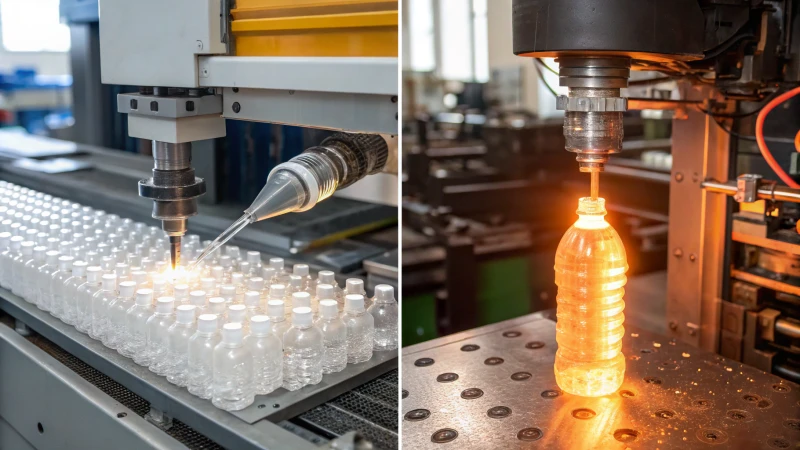
This article explores the roles of injection and blow molding in the production of sprayer bottles. Injection molding is responsible for crafting precise components such as bottle caps and pump heads, ensuring leak-proof seals and high durability. In contrast, blow molding shapes lightweight, hollow bottle bodies that are cost-effective and versatile in design. By combining these two processes, manufacturers can create robust packaging solutions that meet both aesthetic and functional requirements. Understanding these techniques not only enhances appreciation for everyday products but also aids businesses in making informed sourcing decisions.
What are the environmental certifications for sprayer bottle materials?
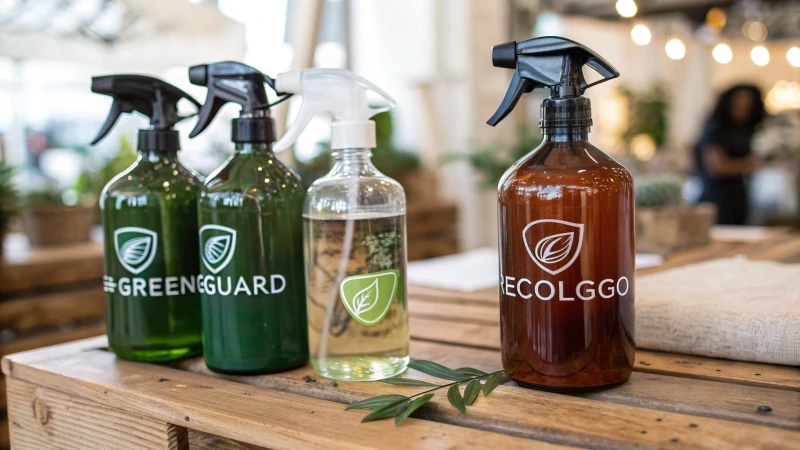
This blog post explores the importance of environmental certifications for sprayer bottles, such as GREENGUARD and ECOLOGO. These certifications ensure products meet strict standards for low emissions and minimal environmental impact. Key certifications include EcoLabel, Cradle to Cradle, and Green Seal, which help consumers make informed choices about sustainability. The article discusses various materials used in sprayer bottles—PET for lightweight needs, PP for chemical resistance, and glass for a premium appeal—highlighting how each aligns with product formulation and brand positioning. Understanding these certifications not only enhances brand reputation but also fosters trust among eco-conscious consumers while promoting responsible manufacturing practices.
PET, PP, or glass: Which material is best for premium sprayer bottles?
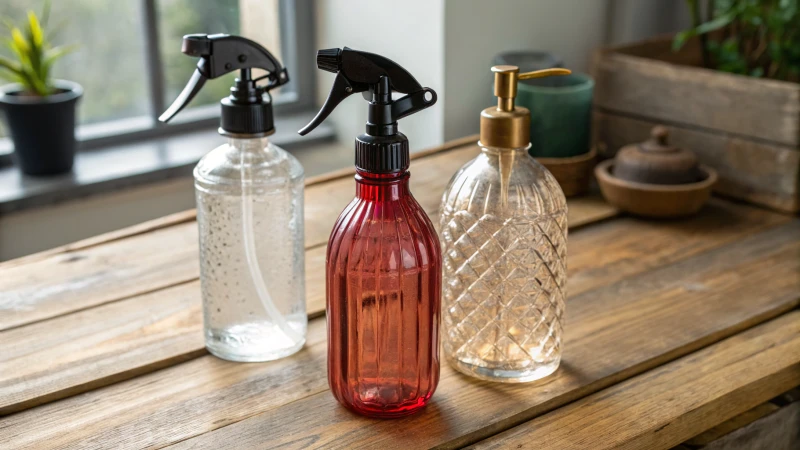
When selecting materials for premium sprayer bottles, consider PET for its lightweight and shatter-resistant properties, PP for its exceptional chemical resistance and affordability, and glass for its luxurious appeal and eco-friendliness. Each option has unique benefits tailored to different product formulations and market strategies. Understanding these characteristics can help brands align their packaging choices with consumer expectations while optimizing cost efficiency. Ultimately, the best choice depends on the specific needs of your product, target audience, and desired brand image.
How to choose the right sprayer bottle materials for different products (perfume, skincare, etc.)?
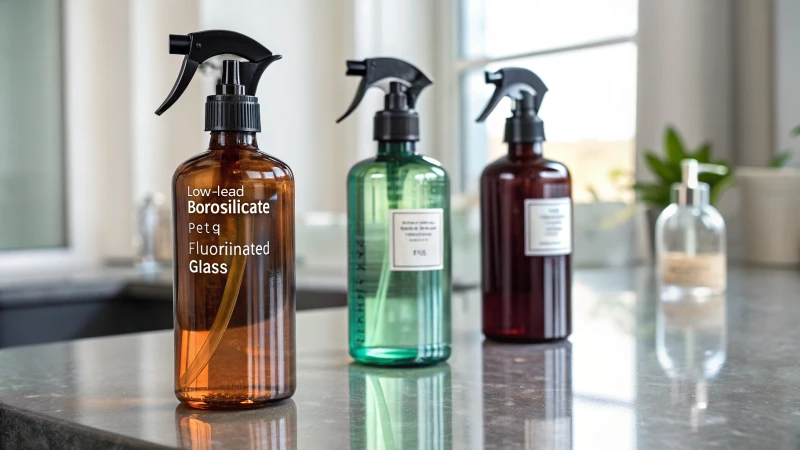
Selecting the appropriate materials for sprayer bottles is essential for maintaining product quality and safety. High-end perfumes benefit from low-lead borosilicate glass to preserve fragrance, while skincare products often use multi-layer PETG bottles to prevent oxidation and evaporation of active ingredients. Essential oils require fluorinated glass due to their corrosive nature. Understanding chemical compatibility, supply chain dynamics, and emerging technologies can help businesses optimize costs and enhance product efficacy. By adhering to international standards and ensuring proper supplier verification, brands can mitigate risks associated with material selection and improve overall packaging strategies.
How do millennials and Gen Z’s preferences impact the design of glass cosmetic packaging?
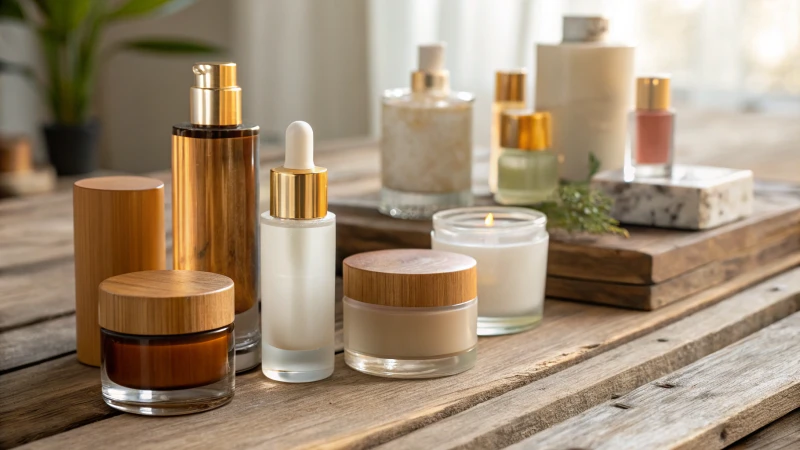
Millennials and Gen Z are reshaping the landscape of glass cosmetic packaging by emphasizing sustainability, transparency, and personalized aesthetics. These generations expect brands to adopt eco-friendly practices throughout the product lifecycle while also delivering innovative designs that resonate with their values. Millennials lean towards minimalist elegance in packaging, valuing simplicity and functionality, whereas Gen Z favors bold, interactive designs that allow for personal expression. Both groups utilize social media to evaluate brand authenticity and share experiences, making it essential for companies to engage authentically with these discerning consumers. To succeed in this evolving market, brands must focus on lifecycle management, zero-waste initiatives, and transparent manufacturing processes that align with the ethical standards expected by younger consumers.
How does the transparency of glass impact consumer perceptions of the product inside?
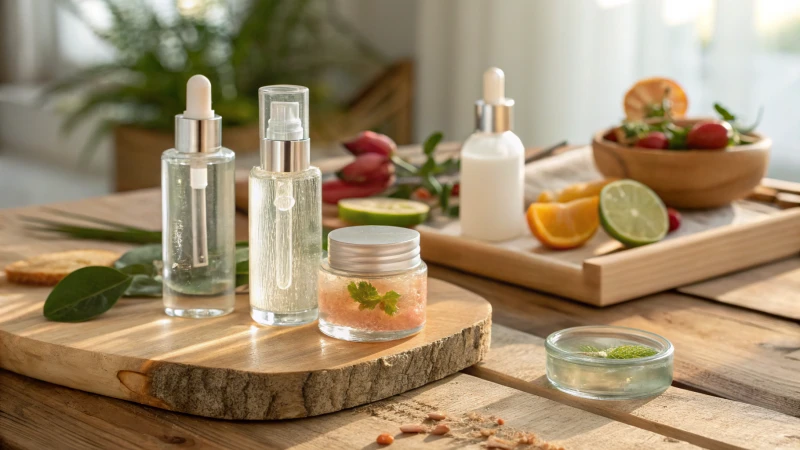
This article explores how transparent glass packaging impacts consumer perceptions by fostering trust and authenticity. It discusses the psychological effects of transparency on buying decisions, the balance between aesthetics and functionality, and the environmental implications of glass production. Additionally, it highlights the importance of material choice for brand positioning and product integrity, particularly for light-sensitive ingredients. The piece also addresses logistics challenges associated with fragile glass packaging and the need for sustainable practices in manufacturing. Ultimately, understanding these factors is crucial for brands aiming to enhance their market presence while maintaining ethical standards.
What are the most common causes of glass cracking during shipping, and how can I prevent them?
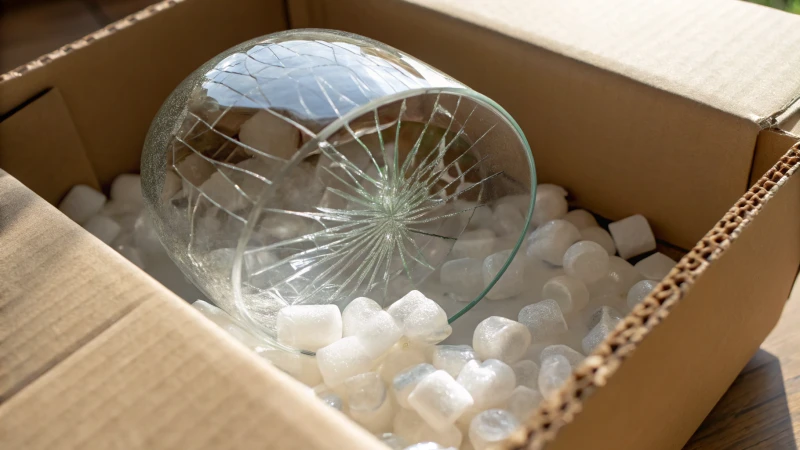
Shipping glass products can lead to breakage due to various factors such as inadequate packaging, temperature changes, and mishandling. To prevent these issues, it’s essential to use sturdy packaging materials like bubble wrap and foam inserts that cushion the glass effectively. Additionally, selecting high-quality glass types like borosilicate can enhance durability against thermal shock. Implementing insulation techniques and ensuring proper load distribution during transport are crucial for minimizing risks. Collaborating with reliable shippers who understand the fragility of glass items further reduces the chances of damage. By adopting these expert strategies, businesses can significantly decrease breakage rates and ensure their products arrive safely at their destination.
What quality control tests should I conduct to ensure the integrity of glass perfume bottles?
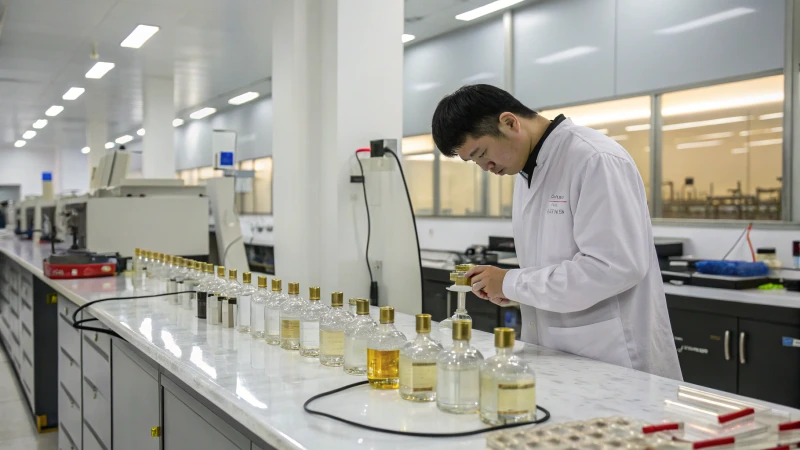
Ensuring the integrity of glass perfume bottles involves advanced quality control methods. Key techniques include ultrasonic testing to detect hidden cracks, thorough checks on material composition, and simulated transport pressure tests. These practices help maintain durability and meet industry standards for safe transportation and storage. Understanding the differences between glass types—like soda-lime versus borosilicate—and the importance of inner coatings can further enhance product quality. By implementing these rigorous testing methods, brands can safeguard their fragrances against potential damage during transit and ensure customer satisfaction with every delivery.
What technological advancements are being made in the production of glass containers for cosmetics?
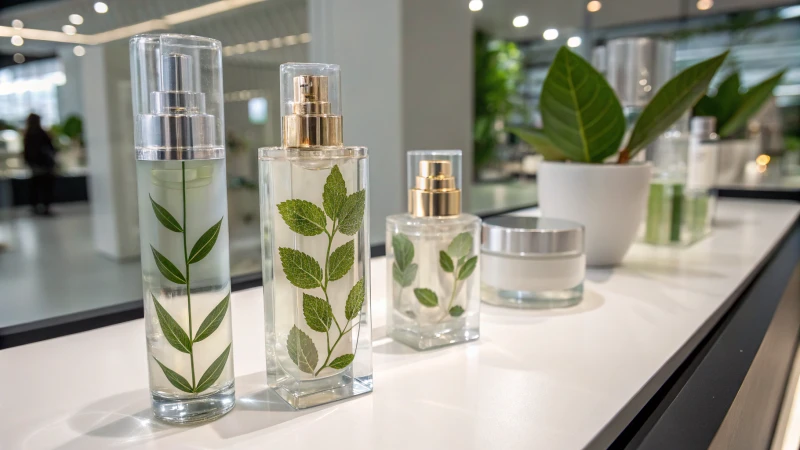
Recent advancements in glass container production for cosmetics focus on enhancing durability and sustainability. Innovations like nanotechnology coatings improve scratch resistance and self-cleaning properties, while chemical recycling promotes true renewability. Temperature-controlled packaging preserves the quality of sensitive ingredients, ensuring product efficacy. Additionally, emerging alternatives such as biodegradable plastics and composite materials are reshaping the industry by offering lightweight and eco-friendly options. These technological developments not only meet consumer expectations but also align with global sustainability goals, making them essential for brands aiming to maintain a competitive edge in the market.
How can cosmetic glass containers be made air-tight for fragrance preservation?
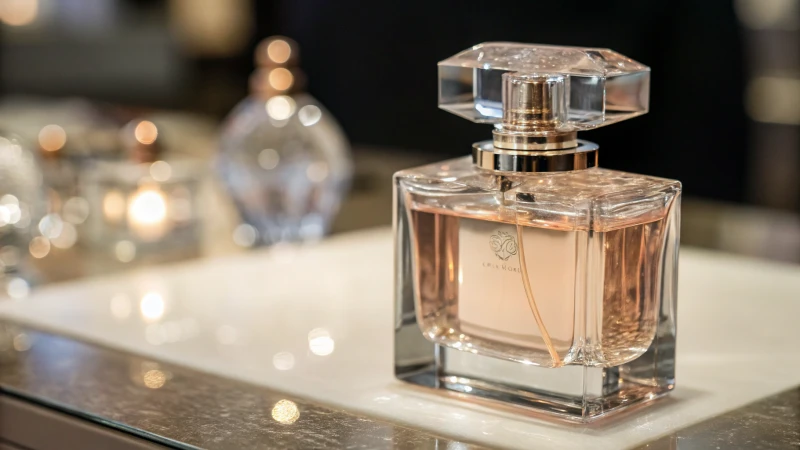
This article explores how airtight seals in cosmetic glass containers are essential for fragrance preservation. It discusses the impact of microscopic defects on sealing efficacy, the importance of material compatibility between caps and bottles, and innovative filling technologies such as vacuum and inert gas filling. By employing advanced scanning techniques to detect flaws and using high-performance plastics for caps, manufacturers can enhance product longevity. Additionally, smart packaging solutions with IoT sensors monitor storage conditions to ensure optimal fragrance retention. These advancements not only improve quality control but also cater to sustainability concerns in the cosmetics industry.


